Regulatory Compliance and Standards
Regulatory compliance and adherence to industry standards are critical factors driving the Defect Detection Market. Many sectors, including pharmaceuticals, food and beverage, and aerospace, are subject to stringent regulations that mandate rigorous quality control measures. The need to comply with these regulations compels companies to invest in advanced defect detection technologies to avoid penalties and ensure product safety. For example, the implementation of ISO standards has led to increased scrutiny of manufacturing processes, thereby boosting the demand for effective defect detection solutions. As regulatory frameworks continue to evolve, the Defect Detection Market is likely to expand as organizations seek to meet compliance requirements and maintain their market position.
Rising Demand for Quality Assurance
The increasing emphasis on quality assurance across various industries is a primary driver for the Defect Detection Market. As manufacturers strive to enhance product quality and minimize defects, the demand for advanced defect detection solutions is likely to rise. In sectors such as automotive and electronics, where precision is paramount, the implementation of defect detection technologies has become essential. According to recent data, the market for quality assurance solutions is projected to grow at a compound annual growth rate of approximately 10% over the next five years. This trend indicates a robust demand for defect detection systems that can ensure compliance with stringent quality standards, thereby propelling the Defect Detection Market forward.
Technological Advancements in Imaging Systems
Technological advancements in imaging systems are significantly influencing the Defect Detection Market. Innovations in high-resolution cameras, infrared imaging, and 3D scanning technologies have enhanced the ability to detect defects with greater accuracy and speed. These advancements allow for non-destructive testing methods that are increasingly favored in manufacturing processes. For instance, the integration of machine vision systems has been shown to improve defect detection rates by up to 30%, thereby reducing waste and increasing efficiency. As industries continue to adopt these cutting-edge technologies, the Defect Detection Market is expected to experience substantial growth, driven by the need for more sophisticated and reliable inspection methods.
Growing Adoption of Automation in Manufacturing
The growing adoption of automation in manufacturing processes is a significant driver for the Defect Detection Market. As industries increasingly implement automated systems to enhance productivity and reduce human error, the need for integrated defect detection solutions becomes apparent. Automation allows for continuous monitoring and real-time feedback, which is essential for identifying defects early in the production process. Reports indicate that the automation market is expected to grow at a rate of 8% annually, which correlates with the rising demand for defect detection technologies that can seamlessly integrate into automated workflows. This trend suggests a promising future for the Defect Detection Market as manufacturers seek to optimize their operations.
Increased Focus on Sustainability and Waste Reduction
An increased focus on sustainability and waste reduction is emerging as a key driver for the Defect Detection Market. Companies are under pressure to minimize waste and enhance resource efficiency, leading to a greater emphasis on quality control measures. Defect detection technologies play a crucial role in identifying and rectifying defects early, thereby reducing material waste and energy consumption. Industries such as textiles and packaging are particularly affected, as they seek to adopt more sustainable practices. The market for sustainable manufacturing solutions is projected to grow significantly, indicating that the Defect Detection Market will likely benefit from this shift towards environmentally responsible production methods.

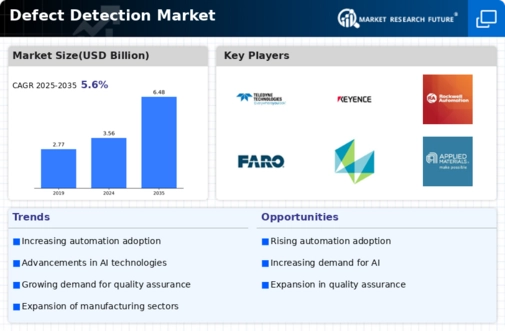
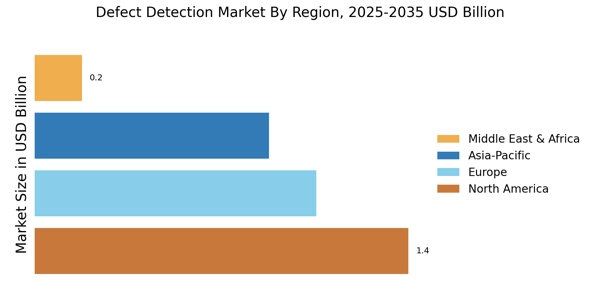
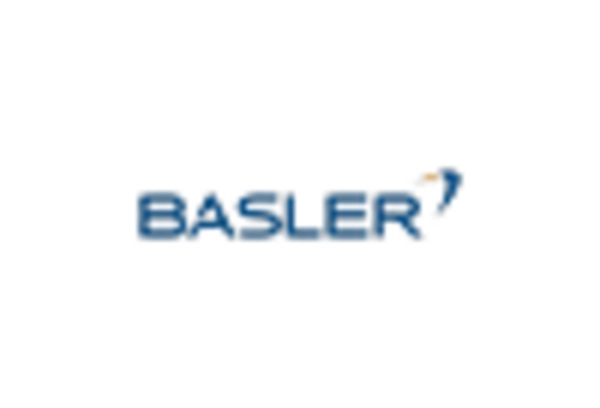
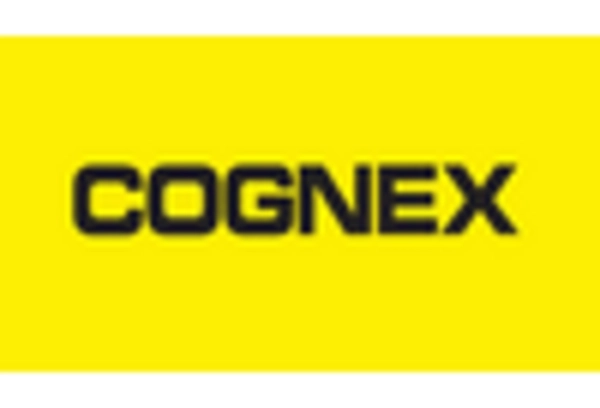

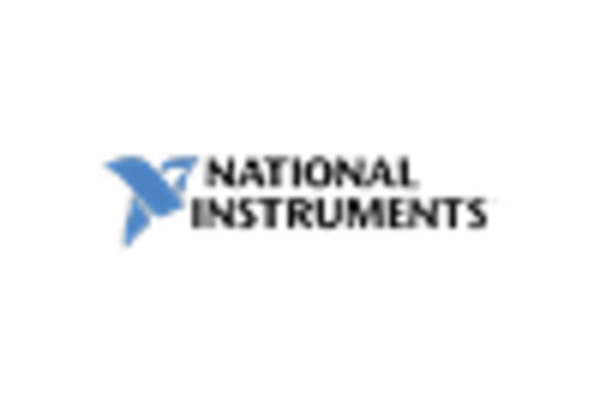










Leave a Comment